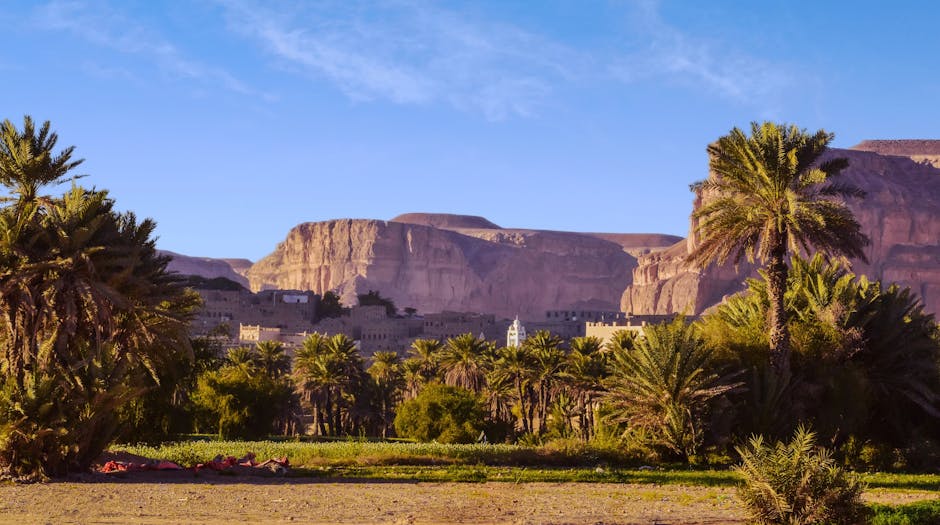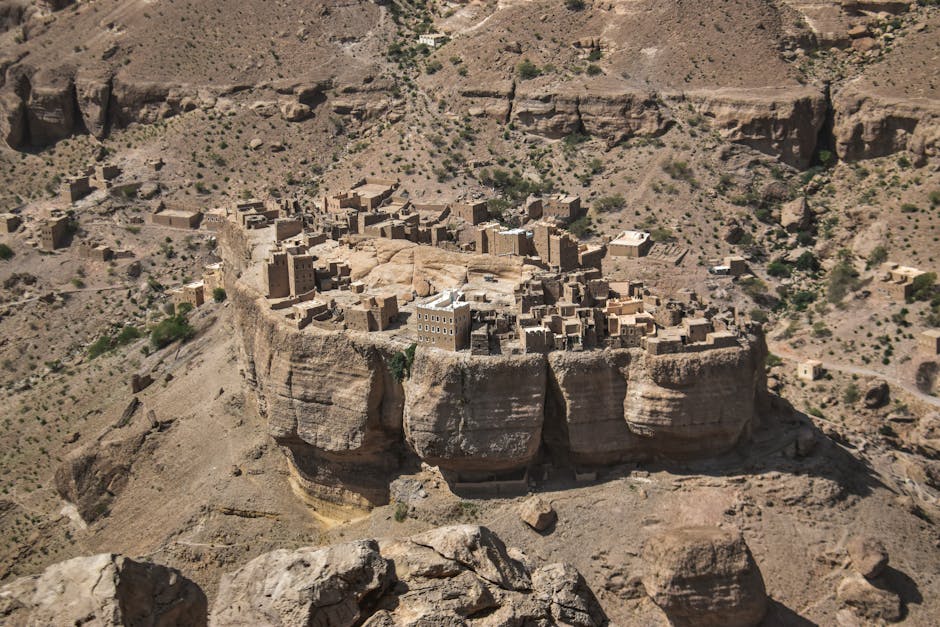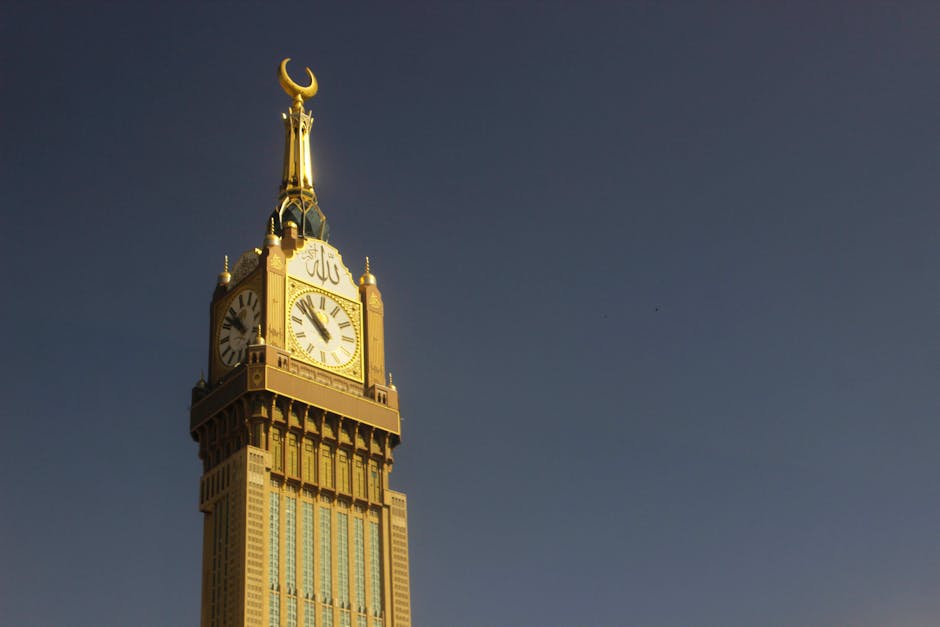Yemen
Overview
Yemen, officially known as the Republic of Yemen, is located in the southwestern part of the Arabian Peninsula in Western Asia. The country is rich in history and culture, with a unique blend of Islamic traditions and ancient customs. Yemen is known for its distinctive architecture represented by its sky-high mud brick buildings and beautifully decorated houses. The country is also home to four UNESCO World Heritage Sites, including the historic towns of Zabid and Shibam. Yemeni cuisine, heavily influenced by the flavors of the Middle East, is another fascinating aspect of the country. The national dish, Saltah, is a must-try for food enthusiasts.
The best time to visit Yemen is during the cooler months between October and April. During this period, the weather is pleasant and suitable for outdoor activities. Visitors can explore the ancient city of Sana'a, the capital of Yemen, known for its stunningly preserved old city. The beautiful island of Socotra, known as the "Galapagos of the Indian Ocean," is another must-visit destination for its unique biodiversity. For adventure seekers, hiking in the Haraz Mountains can be an exhilarating experience. The country's rich cultural heritage can be explored through its various festivals, such as the Al-Baldah Festival in Taiz or the Coffee Festival in Al-Mahweet.
Traveling to Yemen requires careful preparation due to its current political situation. It’s highly recommended to stay updated on travel advisories issued by your home country. Visitors will need a visa to enter Yemen, except citizens of Bahrain, Kuwait, Oman, Qatar, Saudi Arabia, and the United Arab Emirates. Make sure your passport is valid for six months beyond your planned departure date. You should also consider getting travel insurance that covers emergency evacuation. Health precautions include vaccinations for Hepatitis A, Typhoid, and Malaria prophylaxis. Always remember to respect local customs and traditions to ensure a harmonious visit.
A Glimpse into the Past
Yemen, the ancient land of incense and trade, is a country rich in history and culture, with a heritage that dates back thousands of years. Known for its stunning landscapes, unique architecture, and vibrant traditions, Yemen offers travelers a glimpse into a world that has remained largely untouched by modernity.
Ancient Civilizations
Yemen's history begins with the Sabaean Kingdom, one of the oldest civilizations in the Arabian Peninsula. The Sabaeans thrived between the 10th century BCE and the 4th century CE, and they are renowned for their impressive architectural feats, including the famous Marib Dam, which was considered a marvel of engineering in its time. This dam facilitated irrigation and agriculture, allowing the Sabaeans to cultivate their land and become prosperous traders along the incense route.
The region was also home to other ancient kingdoms, including the Himyarites and the Hadramawt, who contributed to Yemen's rich tapestry of history. The ruins of these civilizations can still be found in sites such as Shabwa and Wadi Hadramawt, where the remnants of ancient cities and temples tell the story of a prosperous past.
Islamic Golden Age
With the advent of Islam in the 7th century, Yemen became an important center of Islamic culture and learning. The country was one of the first regions to embrace the new faith, and it played a significant role in the spread of Islam across the Arabian Peninsula and beyond. The Great Mosque of Sana'a, built in the 7th century, is one of the oldest mosques in the world and a testament to Yemen's early Islamic heritage.
During the Islamic Golden Age, Yemen flourished as a hub for trade, science, and culture. The port city of Aden became a vital trading post, connecting the Middle East with Africa and India. The architectural styles of this era are evident in the stunning structures of Old Sana'a, a UNESCO World Heritage Site, where visitors can admire the intricately designed tower houses made from rammed earth and decorated with geometric patterns.
Ottoman and British Influences
In the 16th century, Yemen became a battleground for Ottoman and Portuguese powers, with the Ottomans eventually gaining control over much of the region. The Ottomans left a lasting impact on Yemen's architecture and administration, creating a complex system of governance that influenced the region for centuries.
In the 19th century, British colonial interests in the region led to the establishment of a protectorate in southern Yemen, particularly around the city of Aden. The British used Aden as a coaling station for their ships en route to India, and the city developed rapidly during this period. The remnants of British colonial architecture can still be seen in Aden, where visitors can explore the old forts, government buildings, and the bustling harbor.
Yemen's Cultural Heritage
Yemen is home to a rich cultural heritage, characterized by diverse languages, music, and traditional crafts. The Yemeni people are known for their hospitality and warmth, and their culture reflects a blend of ancient traditions and Islamic practices. A popular local dish is saltah, a hearty stew served with bread, while kahwa, a traditional coffee, is an integral part of Yemeni hospitality.
One of the most distinctive aspects of Yemeni culture is the traditional dress. Men often wear the thobe, a long tunic paired with a jambia (a curved dagger) and a gutted (a traditional belt). Women typically wear colorful dresses and adorn themselves with intricate jewelry, showcasing the rich artisan skills that have been passed down through generations.
Natural Wonders
Beyond its historical significance, Yemen boasts breathtaking natural landscapes that are perfect for exploration. The country is home to the Socotra Archipelago, often referred to as the "Galápagos of the Indian Ocean." This UNESCO World Heritage Site is famous for its unique flora and fauna, including the iconic dragon blood tree, which looks like an umbrella and produces a distinctive red sap.
The mountains of Saada and Al-Mahwit offer stunning hiking opportunities, with terraced fields and traditional villages dotting the landscape. The dramatic scenery of Wadi Dawan and the coastal cliffs of Al-Mahrah provide a picturesque backdrop for those looking to immerse themselves in Yemen's natural beauty.
Challenges and Resilience
In recent years, Yemen has faced significant challenges, particularly due to ongoing conflict and humanitarian crises. The war that escalated in 2015 has severely impacted the country, leading to a devastating humanitarian situation. Despite these challenges, the resilience of the Yemeni people shines through, as they continue to preserve their rich cultural heritage and traditions.
Traveling to Yemen requires careful planning and consideration of current situations. However, those who do make the journey are often rewarded with an unparalleled experience of history, culture, and hospitality. Visitors can explore the ancient cities, marvel at the stunning architecture, and engage with the diverse local communities, all while contributing to the preservation of Yemen's rich heritage.
Conclusion
Yemen is a land where history and culture intertwine, offering travelers a unique glimpse into a past filled with ancient civilizations, Islamic heritage, and rich traditions. From the majestic ruins of the Sabaean Kingdom to the bustling streets of Old Sana'a, Yemen is a destination that captivates the imagination and leaves a lasting impression. As travelers venture into this beautiful and complex country, they embark on a journey that transcends time, connecting them to a rich tapestry of human history.
Top cities for tourists in Yemen
Discover the Famous Cities That Might Captivate Your Interests
Must-Try Foods You Can't Afford to Miss
Indulge in a Variety of Fantastic Foods During Your Stay in Yemen
May Be Your Next Destinations
People often choose these countries as their next destination





















